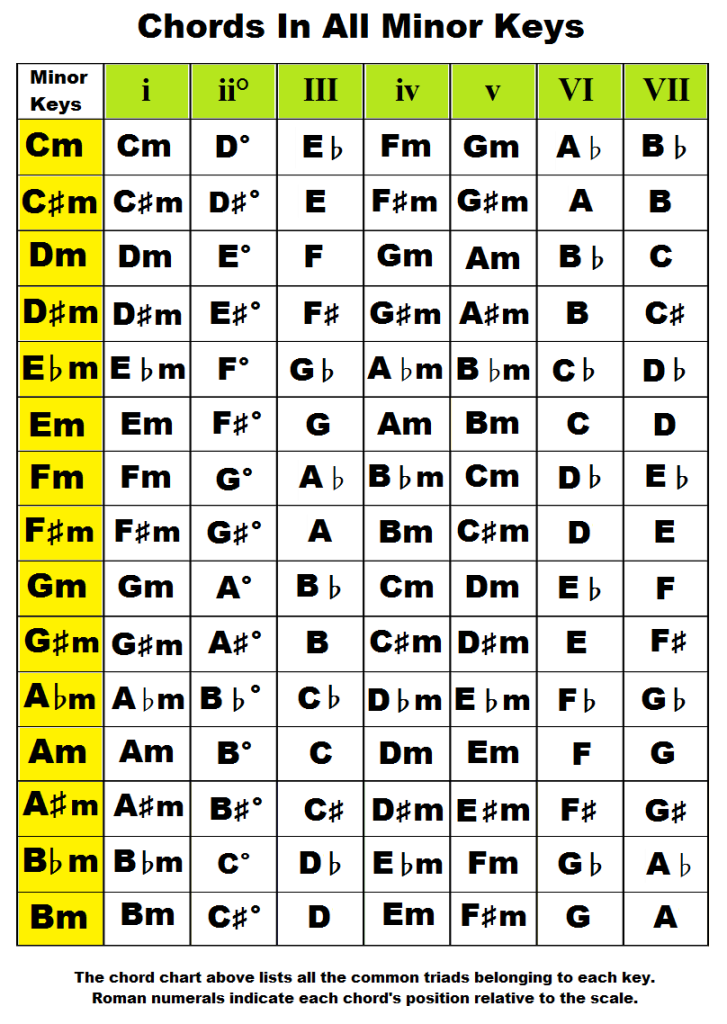

Since a the presence of a "key" in music is contingent on a certain pattern of accidentals, the key signature gives a partial indication of the key of a given passage of music. In traditional notation, this influence of the new accidental applies for the duration of the measure before the key signature resumes its "dominion", or until canceled by a subsequent new accidental. (For instance, in our example, if the key signature contains F-sharp but a written note F appears with a natural sign written in front of it, F-natural should be played). An accidental immediately preceding the written note always takes precedence. Often, however, an accidental contradicting the direction of the key signature will appear immediately before the written note. For example, if the key signature consists of only F-sharp, each written note F in the piece should be played as F-sharp, even though no sharp immediately precedes the written note. (In this way it differs from a time signature, which need be written only once). The key signature determines the pattern of accidentals - sharps and flats - to be played, and reappears at the beginning of each staff. The tonic chord is minor, while the tonic chord of a major key is major.A key signature serves as a guide for the performer of a piece of music.

Minor keys have a different quality, often with a more sad or blue sound to them. So if it's in A minor you may see E7-Amin, but if it's in C major you'll see G7-C. Music in minor mode will often end in a V-I cadence in that minor key. Therefore, if you wonder if the music is major or minor, figure out the relative minor (count down 3) and see whether the 7th leading to that note is being raised throughout most of the piece, using an accidental. Since that G# is not in the key signature, you will see accidentals on the 7th degree note. More often you'll see harmonic minor, which has a G# because the semitone from G# to A pulls more strongly to the tonic. They share the same key signature because they use the same notes. That is why these two keys are "relative" to each other. We can use exactly the same key signature to have these notes. Both of these keys use exactly the same notes: C major is the relative major of A natural minor, which starts 3 notes below, or 6 notes above (same thing).


 0 kommentar(er)
0 kommentar(er)
